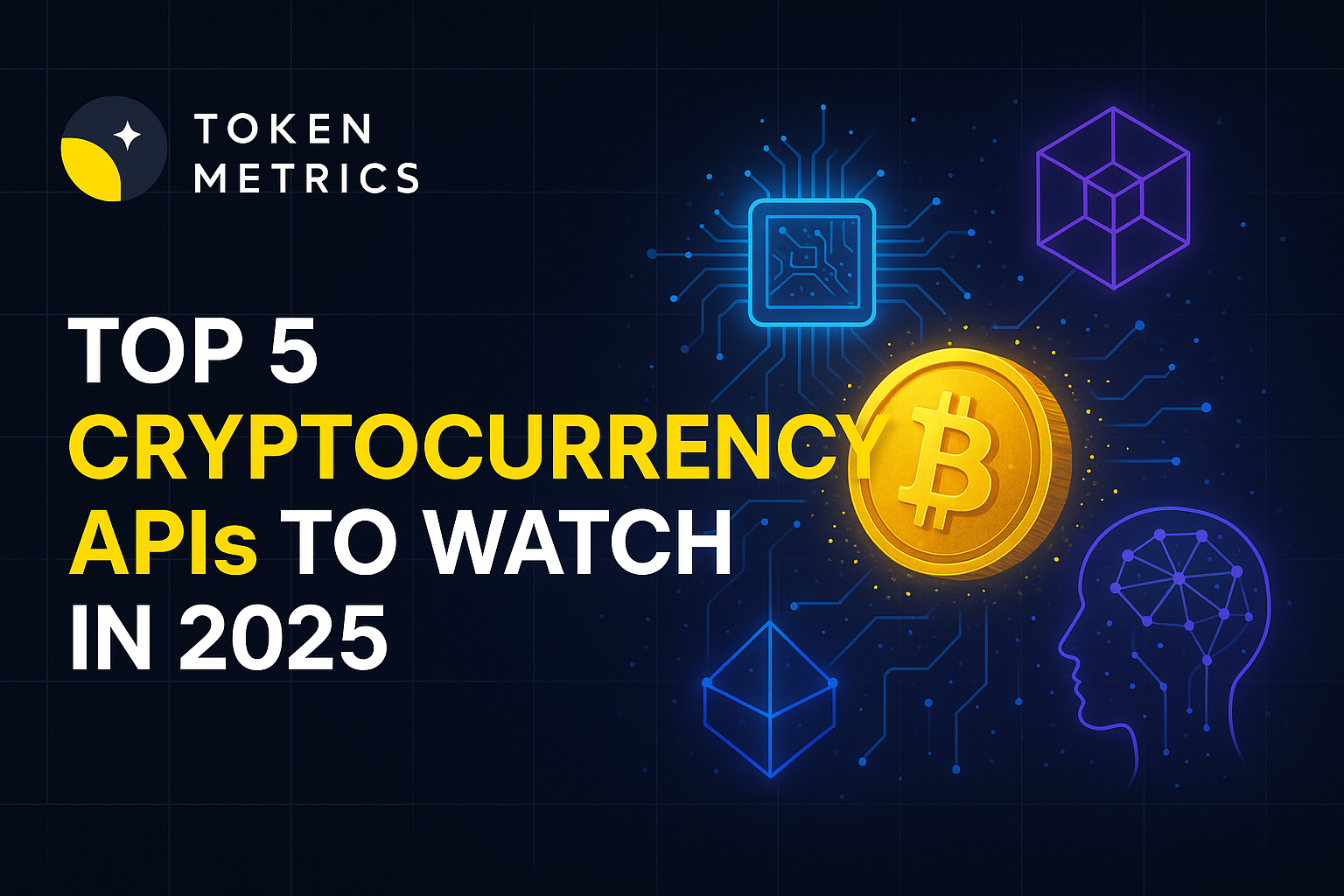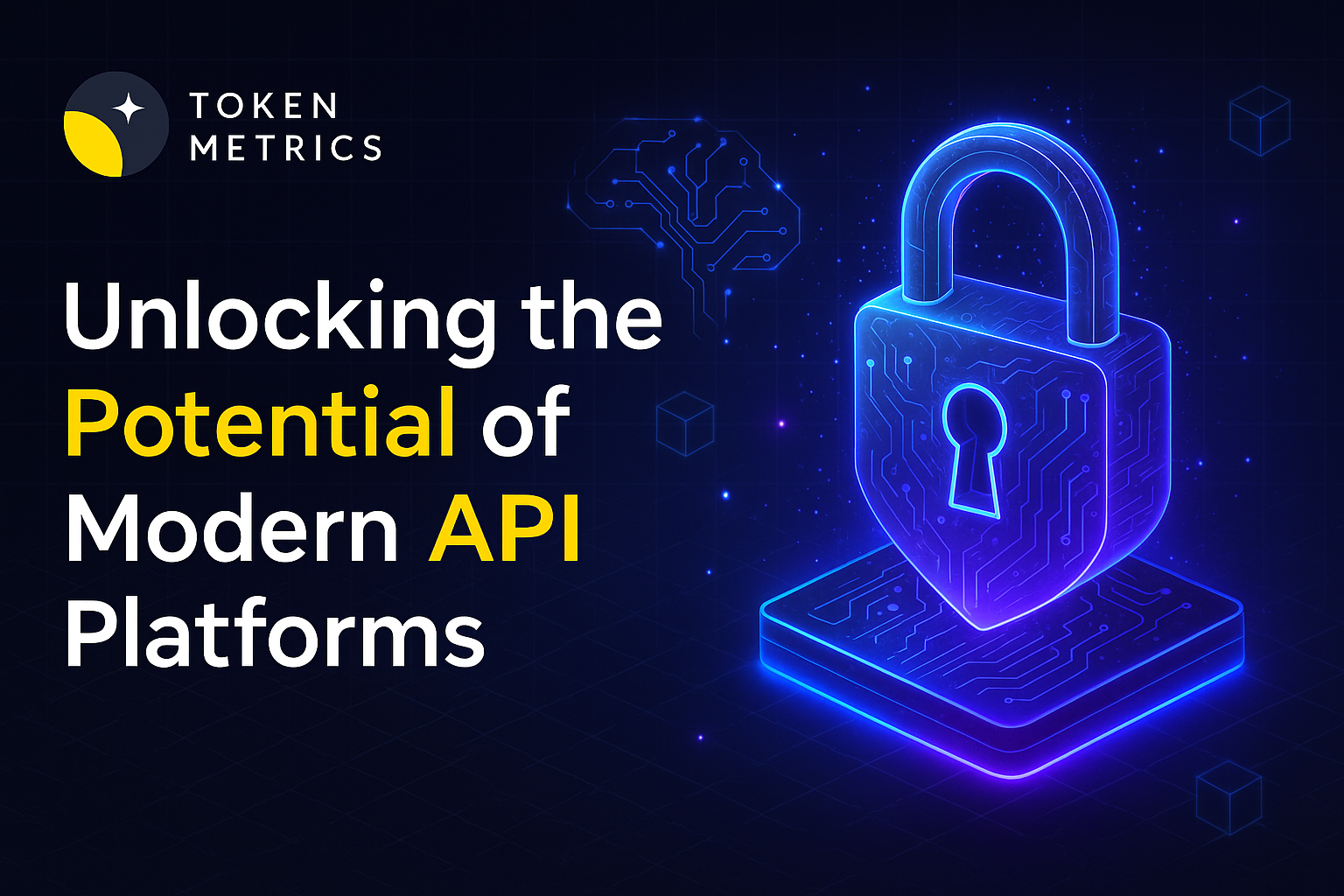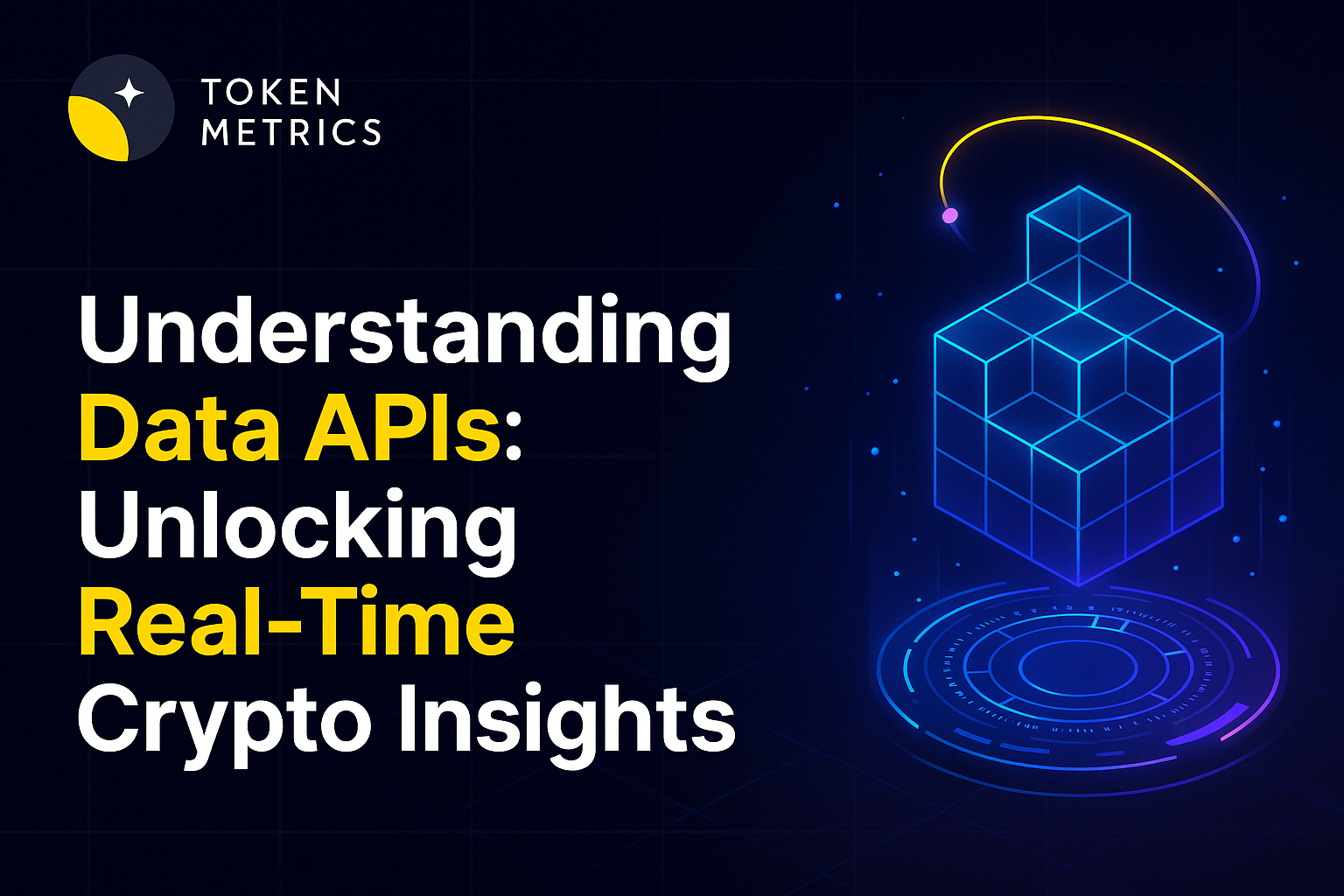What Is the Best Crypto Index in 2025? Top Performers and How to Choose the Right One

With the explosion of cryptocurrencies, narratives, and sectors in 2025, the question for many investors is no longer should I invest in crypto—but how. For those looking for diversified, smart exposure, crypto indices have become the go-to option.
But what is the best crypto index in 2025?
In this guide, we’ll explore the top-performing crypto indices of the year, what makes them effective, and how to choose the best index for your goals—whether you want passive exposure, thematic investing, or AI-powered optimization.
What Makes a “Best” Crypto Index?
Before naming names, it’s important to understand the criteria that define a top crypto index:
✅ 1. Performance
Returns compared to BTC, ETH, and market benchmarks
✅ 2. Risk Management
Ability to avoid deep drawdowns and protect capital
✅ 3. Narrative Alignment
Exposure to emerging trends like AI, Memecoins, RWA, or DeFi
✅ 4. Rebalancing Strategy
How frequently and intelligently the index adjusts
✅ 5. User Access
Ease of investing, transparency, and platform reliability
🏆 Top Crypto Indices in 2025
Here are the top crypto indices dominating investor attention in 2025:
1. Token Metrics AI Memecoin Index
Type: AI-Powered
Strategy: Weekly dynamic rebalancing
Constituents: DOGE, SHIB, PEPE, WIF, BONK, FLOKI
Why It’s a Top Pick:
Memecoins dominated the first half of 2025. This AI-managed index captured upside by reallocating into trending tokens and exiting early during corrections. While risky, its weekly AI signals helped outperform most passive strategies.
Ideal For:
High-risk, high-reward investors looking to ride viral trends with smart protection.
2. Token Metrics AI DeFi Index
Type: AI-Powered
Strategy: Bullish/bearish signals per token
Constituents: AAVE, UNI, LDO, RUNE, GMX, DYDX
Why It’s a Top Pick:
DeFi remains a foundational sector. The AI DeFi Index adapts to fast-changing liquidity trends and trading volumes. It reduces exposure to underperformers and increases weight in strong, breakout tokens.
Ideal For:
Long-term crypto believers who want smarter DeFi exposure with reduced risk.
3. Bitwise 10 Crypto Index Fund (BITW)
Type: Market Cap Passive
Strategy: Holds top 10 coins by market cap
Constituents: BTC, ETH, SOL, BNB, ADA, etc.
Why It’s a Top Pick:
For conservative investors or institutions, Bitwise offers a simple, regulated way to get exposure to the largest digital assets. While it doesn’t capture emerging trends, it offers long-term stability.
Ideal For:
Traditional investors and institutions entering crypto via regulated vehicles.
4. Token Metrics RWA Index (Real World Assets)
Type: AI-Powered
Strategy: Thematic with dynamic risk adjustment
Constituents: MKR, ONDO, XDC, POLYX, CFG
Why It’s a Top Pick:
The Real World Asset narrative surged in 2025, driven by tokenized treasuries and institutional adoption. This index captured the upside while avoiding the fluff.
Ideal For:
Investors looking for exposure to crypto’s real-world utility and stable growth themes.
5. Index Coop – DeFi Pulse Index (DPI)
Type: Passive
Strategy: Weighted DeFi exposure
Constituents: AAVE, UNI, COMP, SNX, LRC
Why It’s a Top Pick:
One of the earliest thematic indices, DPI remains a favorite among DeFi-focused users who prefer full on-chain transparency and DAO governance.
Ideal For:
DeFi-native investors who want decentralized, trustless exposure.
How to Choose the Best Crypto Index for You
The best crypto index isn’t universal—it depends on your risk tolerance, time horizon, and investment goals.
Here’s a breakdown:

AI vs. Passive: What’s Better in 2025?
Passive indices work well for long-term exposure to top tokens, but AI indices have outperformed in 2025 thanks to their ability to:
- Exit before crashes
- Rebalance more frequently
- Shift capital to outperforming sectors
Platforms like Token Metrics offer weekly rebalanced AI indices that are tuned to market momentum, sentiment, and volatility.
Performance Snapshot (Q1–Q2 2025)

Note: Returns are hypothetical and reflect aggregated performance snapshots.
Final Thoughts: What’s the Best Crypto Index in 2025?
The best crypto index in 2025 is the one that aligns with your goals and risk profile.
- If you want high growth and can handle volatility, explore AI-powered sector indices like Memecoins or DeFi.
- If you want safer long-term exposure, the Bitwise 10 or Token Metrics HODL Series are smart.
- If you believe in AI-driven investing, Token Metrics indices lead the market with real-time rebalancing and superior data analysis.
Crypto indices take the guesswork out of investing, allowing you to benefit from market trends without managing dozens of individual tokens.
Create Your Free Token Metrics Account

.png)




%201.svg)
%201.svg)


%201.svg)










.svg)




.png)